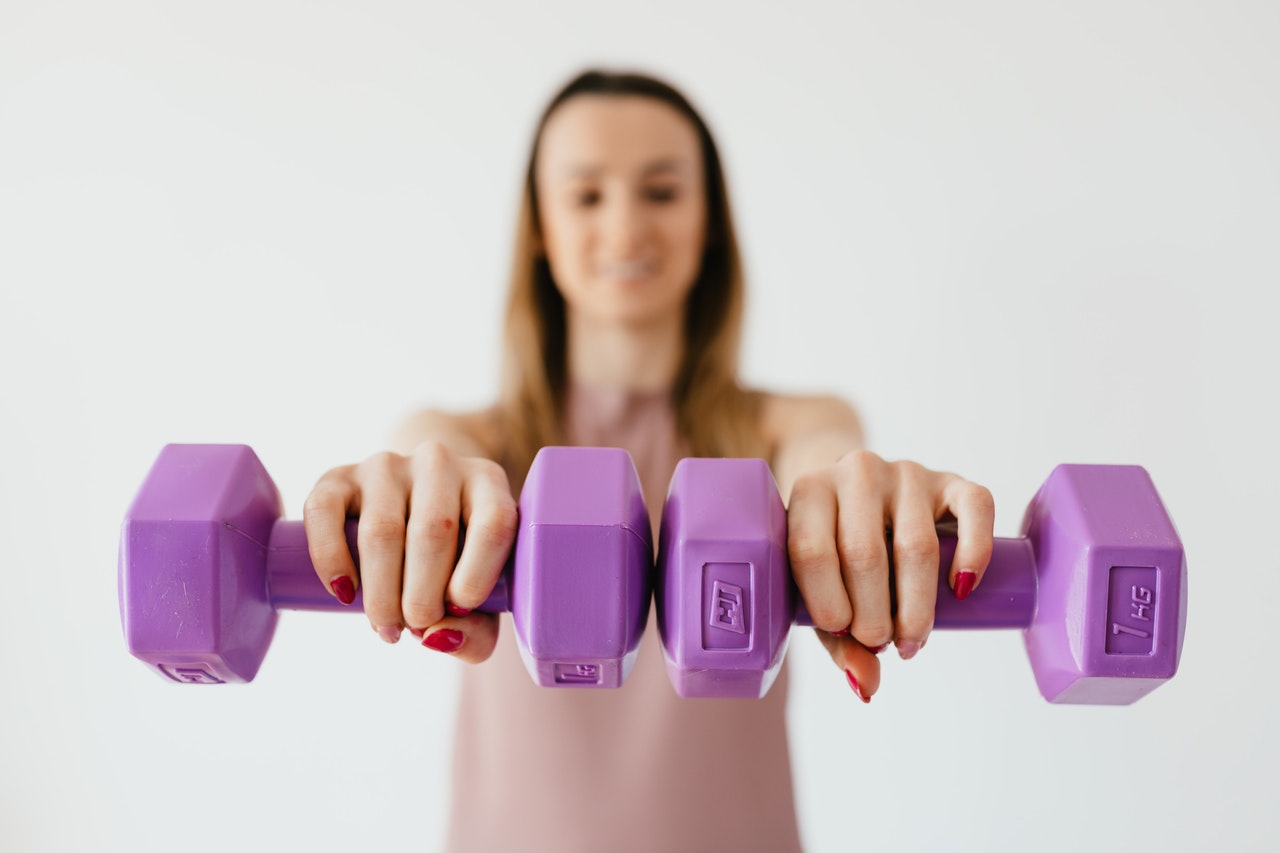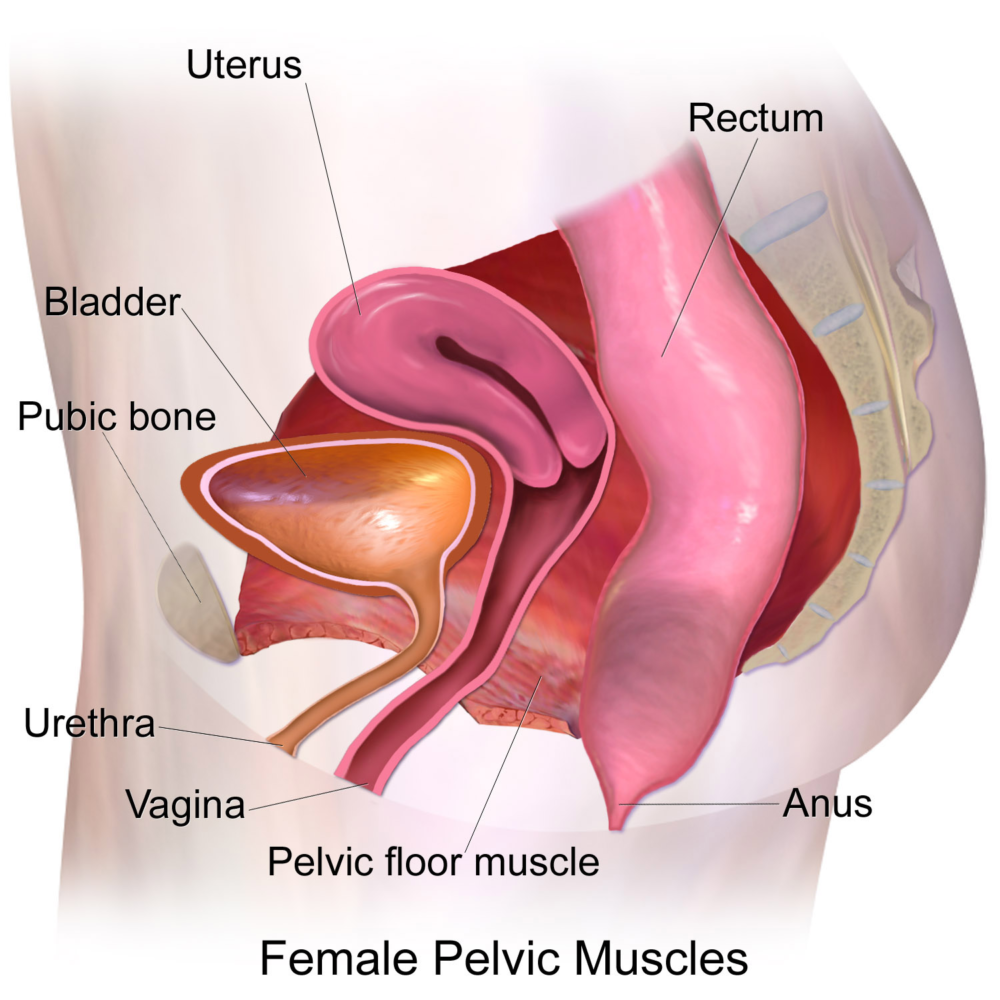
Here are some interesting ways you can practice strengthening your Pelvic Floor Muscles.
Gone are those days when moms used to be unconcerned about their fitness post-pregnancy or after motherhood. We are gladly in the era of moms taking up physical and mental fitness into consideration. We have seen times where moms used to devote their time to kids and families, THAT’S IT!
But proud mommies of the 21st century have come a long way. Moms are redefining their selves, regaining their identity, reconquering themselves, and making their individuality shine all over again.

Keeping up with fitness is important.
Apart from this, fitness has become of top-notch importance. We have known about the post-pregnancy workout but mommies, have you known about strengthening the pelvic floor muscles? Sounds wacky? However quirky this may sound, it is real. Moms have now found insane ways for strengthening their pelvic muscles. Have you known about jade eggs? Or say Vaginal weightlifting? NOO? But this is real!!!
Know your muscles well.
Your innermost abdominal muscle encircles the trunk like a corset and coercively contracts when you sneeze. The action of this muscle goes forward and backward, which compresses the abdominal cavity, which helps you push during labor.
The main muscle of the pelvic floor lies around the openings of the rectum, urethra, and vagina. Thus, the strengthening of the pelvic floor muscles helps in precluding the urinary intemperance that is common during pregnancy.
So what is a pelvic floor muscle?
Your pelvic floor is a group of muscles found in the base of your pelvis that is the bottom of your torso. If you think of the pelvis as being the home to organs like the bladder, uterus, and rectum, the pelvic floor muscles are the home’s base.

Let us know our muscles. Image source – Wikipedia
So what of it? Why are we talking about the pelvic floor muscles?
Basically, the pelvic floor muscles control the release of urine, feces, and flatus in general. But during pregnancy, pelvic floor muscles have a larger role. So a woman’s pelvic floor muscles support the bladder, bowel, and uterus (womb). The urethra is the urine tube and the anus is the back passage and vagina, all these pass through the pelvic floor muscles. It is highly important to keep the pelvic muscles strong. Especially for the women who are pregnant. These practices help in strengthening the muscles of the pelvic floor. During pregnancy, due to strain in the womb, the pelvic floor muscles are usually weakened and you might experience urine leakage when you cough or sneeze. But this is a natural and common phenomenon. Pelvic floor exercises help in strengthening the muscles of that area and also helps in the process of birth. One can start these exercises during pregnancy and continue even post-pregnancy. These exercises can be done anywhere, standing, sitting, or lying.
So let us look into some wacky ways moms are using to strengthen their pelvic floor muscles.
-
Jade Eggs
these are egg-shaped gemstones, also known as yoni eggs is a quirky way of vaginal weightlifting. You insert these eggs in your vagina, for a few minutes. Letting your muscles there to clench it, keeping it in place. This routine has proven to be beneficial since your vagina has to grip the egg to keep it in place and also the egg possesses healing effects since they are usually made up of jade or rose quartz.
This practice comes with other benefits as well. It is professed that the egg supports hormonal balance, menstrual regulation, and bladder control.

Jade eggs or Yoni Eggs. Image source- Amazon
-
Vaginal Weightlifting
This may sound as wacky as it is, the process includes inserting a jade egg or a cone tied with a string, into your vagina and letting lightweight things hang on the loose end of the string. Due to the contraction of pelvic floor muscles, the weights are held in place. Over time, the muscles are strengthened due to weightlifting. Yes, you are reading that correctly. Things like lightweight fruits, bunch of flowers. But remember, always initiate with the easiest and lightest object and it is recommended to see a gynecologist before practicing this method.
This basically helps in tightening your vaginal muscles.

Kim Anami is a professional Vaginal Weightlifter. She runs a trend on Instagram as #ThingsiLiftWithMyVagina. She holds the record of lifting around 4.5 kg with her skills in Vaginal Weightlifting. Image Source – @kimanami (Instagram)
Too quirky to try these practices?
We’ve got you covered. If you want to yet practice strengthening your pelvic floor muscles but find the above listed bizarre, we are listing down a few that is absolutely conventional and easier to practice.
-
Kegels
This is the most simple way of strengthening the pelvic floor muscles if you get this right.
In a standing position, squeeze your vagina in a way like you are ceasing the flow of urine, at the same time take a deep breath and hold it for 5-8 seconds, and then gradually breathe out, relaxing your vaginal muscles. Repeat this for at least 10 reps and gradually increase the repetition to 20 at a time. That’s Kegel for you. Kegels are recommended to practice twice a day. It is a simple exercise and can be done anywhere standing. Practicing it more than twice a day would be great.

Kegels can be practiced standing anywhere.
-
Belly Breathing
For lower risk of incontinence and easier delivery, this one shall be on your to-do list.
This requires you to sit down with your legs crossed, it would be beneficial if you could sit in the yoga pose – padmasana or Ardha padmasana. Make sure you rest your back with the support of a wall and place your hands on your belly. Gradually and slowly inhale through your nose, letting your belly expand, as you exhale, draw in your abdominals and pull your navel inside. And relax. Repeat this 10 times.

Belly breathing is a very effective and relaxing practice.
-
Kegel Squat
Firstly make sure you are holding a fixed object or taking the support of a resistance ball, we do not want any risks since you’re pregnant. Stand with your feet wide apart. Lower your body into a deep squat, hold there, do a Kegel. And as you exhale, draw your abs inside firmly. Repeat this 5 times and gradually increase to 10. Do not push yourself.

Kegel squats.
Why are these practices important?
Labor pain is immensely unendurable. The strengthening of pelvic floor muscles through these practices will enormously help in easing the labor pain during delivery. Practicing yoga during the trimester is also quite beneficial.
It has also been advantageous in enjoying better orgasm and increased sexual desires. Also, It is avowed that the jade egg supports hormonal balance, menstrual regulation, and bladder control. Also, these exercises are highly beneficial to strengthen not only the pelvic floor muscles but also the abs and legs.











Leave a Reply